11.5 °c Wind speed: 20 km/h Precipitation: 100 % Cloudiness: 92 % Humidity: 95 mm Pressure: 100 mb
The Jeanie Johnston: An Irish Famine Story
Custom House Quay 2
Dublin 1
D
Ireland
Description
Walk down by Dublin's Custom House Quay, and you'll feel it—a tug from the past. It's not just the wind coming off the Liffey; it's the story that clings to the Jeanie Johnston, a magnificent tall ship floating there. Now, she's a replica, but her timbers practically hum with tales from Ireland's most brutal chapter, the Great Famine. While the original ship mostly sailed from County Kerry, this beauty in Dublin is your direct line to understanding that heartbreaking, yet incredibly resilient, Irish Famine story.
When Ireland Starved
Picture this: it's the mid-1800s, and Ireland is on its knees. The Famine, that relentless blight, wiped out the potato crops—pretty much the only thing many folks had to eat. It was a nightmare. Starvation and disease were everywhere. Over a million souls were lost, and another million had to get out, to flee their own homes just to survive. Dublin, a big port city, saw its share of the horror, its streets and alleys overflowing with desperate people searching for any escape route from the hunger.
From Cargo Haulier to Lifesaver
The Jeanie Johnston, the first one, was built in Canada in 1847. She wasn't meant to be a passenger ship, not really. John Donovan & Sons, merchants from Kerry, bought her for hauling goods. But life, and the Famine, had other plans. As Ireland's suffering deepened, the Jeanie Johnston found a new, more crucial purpose. Between 1848 and 1855, she made 16 trips across the wild Atlantic, taking about 2,500 Irish emigrants to North America—places like Quebec, Baltimore, and New York.
Not Your Average "Coffin Ship"
Now, you've got to understand what most ships carrying Famine emigrants were like. They were grimly nicknamed "coffin ships," and for good reason. Packed to the rafters, filthy, and riddled with disease, they were floating death traps. Thousands died miserably on their way to a new life. The air alone would have been a toxic brew of sickness and despair.
But the Jeanie Johnston? She was different. It's almost unbelievable, but on all her voyages carrying emigrants, not one passenger or crew member died from disease or was lost at sea. That's not just luck; it was down to decent people doing their best. Captain James Attridge knew his stuff, and they even had a ship's doctor, Richard Blennerhassett—a real game-changer. They didn't cram people in like sardines, which meant conditions were a bit more bearable, and Dr. Blennerhassett was there to look after the sick. It sounds like common sense, but back then, it was revolutionary.
Life on the "Good" Ship: Still No Picnic
Okay, so the Jeanie Johnston was a cut above the rest, but let's not kid ourselves—it was still a tough ride. Go below decks, even on the replica, and you'll get a shiver. It's dim, the air is heavy (even without hundreds of passengers), and you can just imagine it crammed with wooden bunks. Four adults sharing a tiny six-foot square space—talk about getting to know your neighbours! The journey took about 47 days on average. Imagine that: over a month of being tossed about by Atlantic storms, waves crashing overhead, and the constant, delightful companion of seasickness.
Little Lights in the Gloom
Even in those grim conditions, the human spirit, as they say, is a stubborn thing. There were moments of light. Take the Reilly family, on that very first emigrant trip from Tralee to Quebec in 1848. Margaret Reilly actually gave birth on board! They named the little lad Nicholas Johnston Reilly, a nod to the ship and one of its kind owners. A baby born at sea—a tiny symbol of hope amidst all that loss.
And then there was Patrick Kearney, a young gardener who sailed to Baltimore in 1849. He probably arrived with nothing but hope in his pockets. Passenger lists for Baltimore often showed folks with trades—carpenters, dressmakers, that sort. It seems Patrick did alright for himself. Years down the line, records show him as a farmer, with a family and his own land. Not bad for a lad who'd stared starvation in the face. These stories, and so many others, are woven into the ship's very soul.
A Captain Who Cared
The food on board was basic—porridge, bread, tea—but it was there. What made the Jeanie Johnston stand out was the care taken by Captain Attridge and Dr. Blennerhassett. It's said that small kindnesses, a shared song to lift the spirits, or a quiet prayer for safety, made the unbearable bearable. People looked out for each other, bound by their shared ordeal and their flickering hope for a fresh start.
Her Final Voyage, A Lasting Story
The original Jeanie Johnston eventually met her end in 1858, not carrying passengers, but timber. She got waterlogged and started sinking. But even then, her knack for safety held—every single crew member was rescued after nine long days clinging to the masts. A dramatic end, but no lives lost.
The Jeanie Johnston Today: Dublin's Floating Classroom
The replica you see in Dublin today is more than just a pretty ship. It's a floating museum, a direct link to that harrowing time. When you walk those decks and duck into the cramped spaces below, you're stepping right into the shoes of those Famine emigrants. It gives you a gut-level understanding of what they faced—the fear, the desperation, but also that incredible, stubborn courage.
A Legacy That Sails On
The Jeanie Johnston's story isn't just about a ship; it's about the Irish people and their incredible resilience. It's a stark reminder of the Famine's horrors, sure, but it's also a tale of hope against the odds. It shows how basic human decency—a captain and doctor who cared—could make a world of difference.
So, if you find yourself near Dublin's quays, listen closely. The breeze around the Jeanie Johnston seems to carry their whispers—the quiet fears, the fragile hopes, and the sheer guts of those who sailed through hell towards a new life. It's a story that grabs you, a powerful nudge to remember the strength people can find when they have to. It's a tale that, once you hear it, kind of stays with you, a testament to the enduring power of the human spirit.
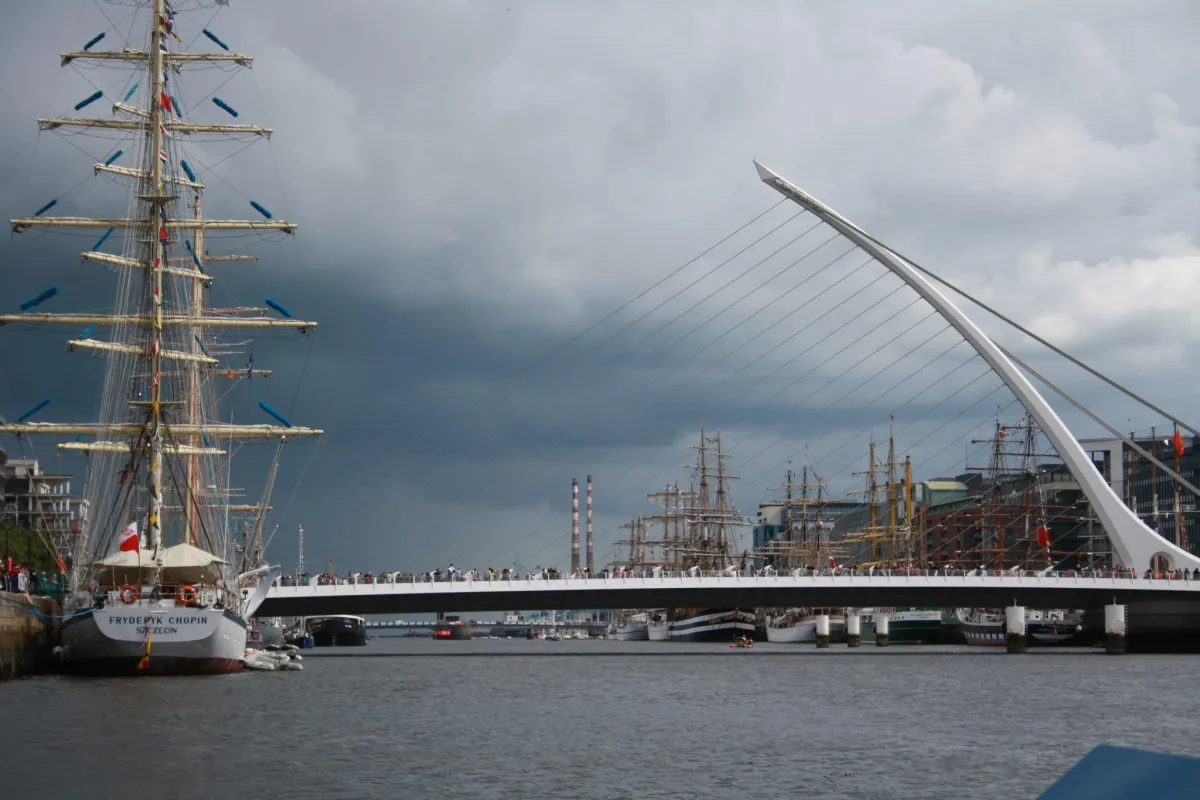
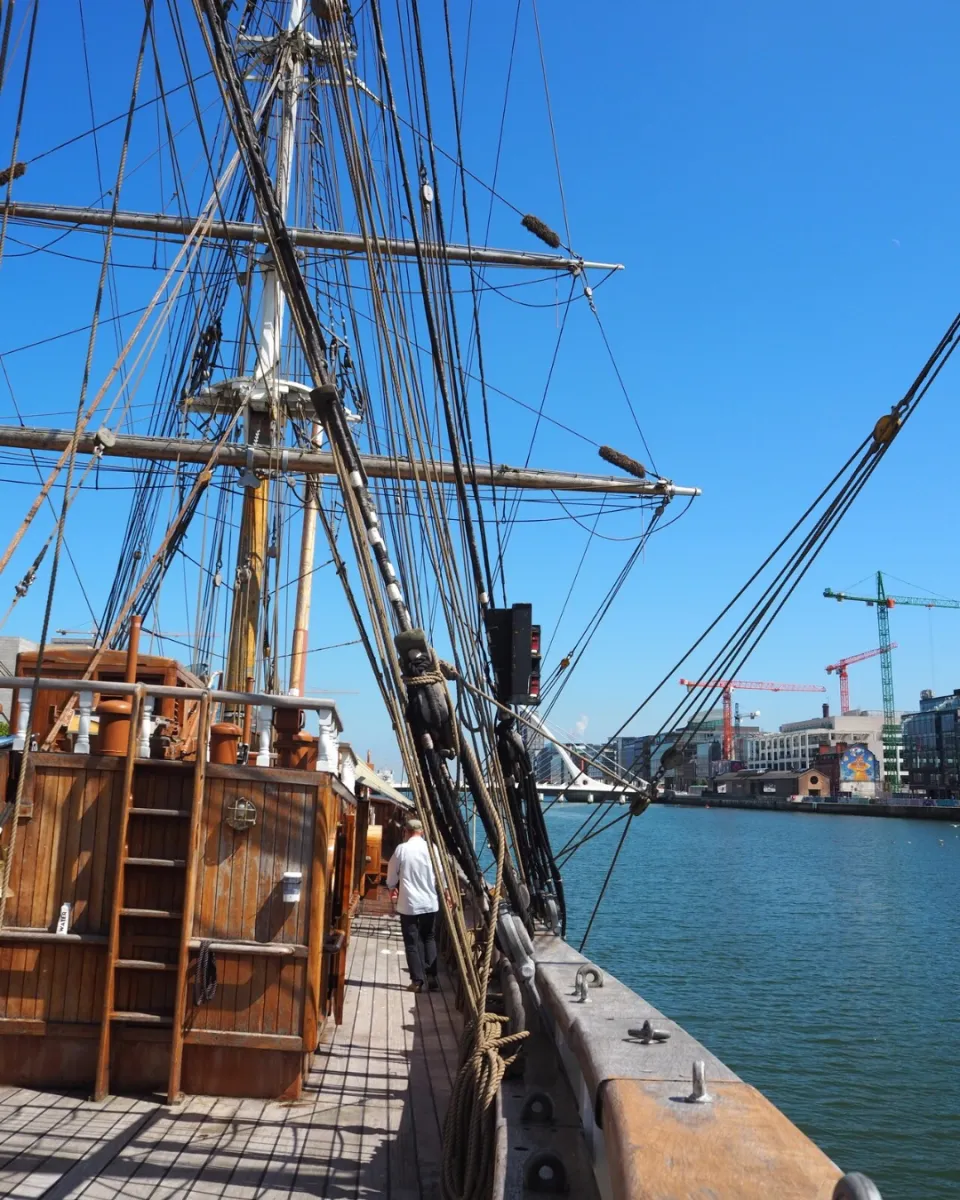
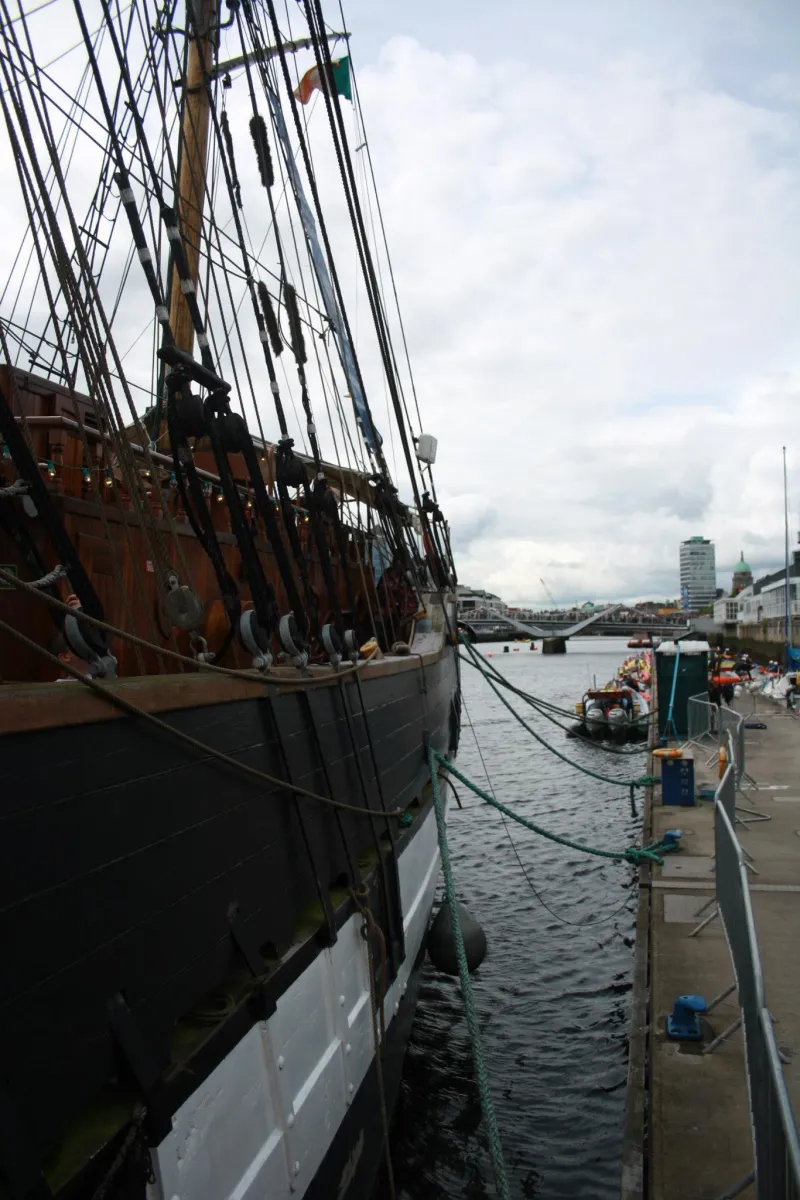
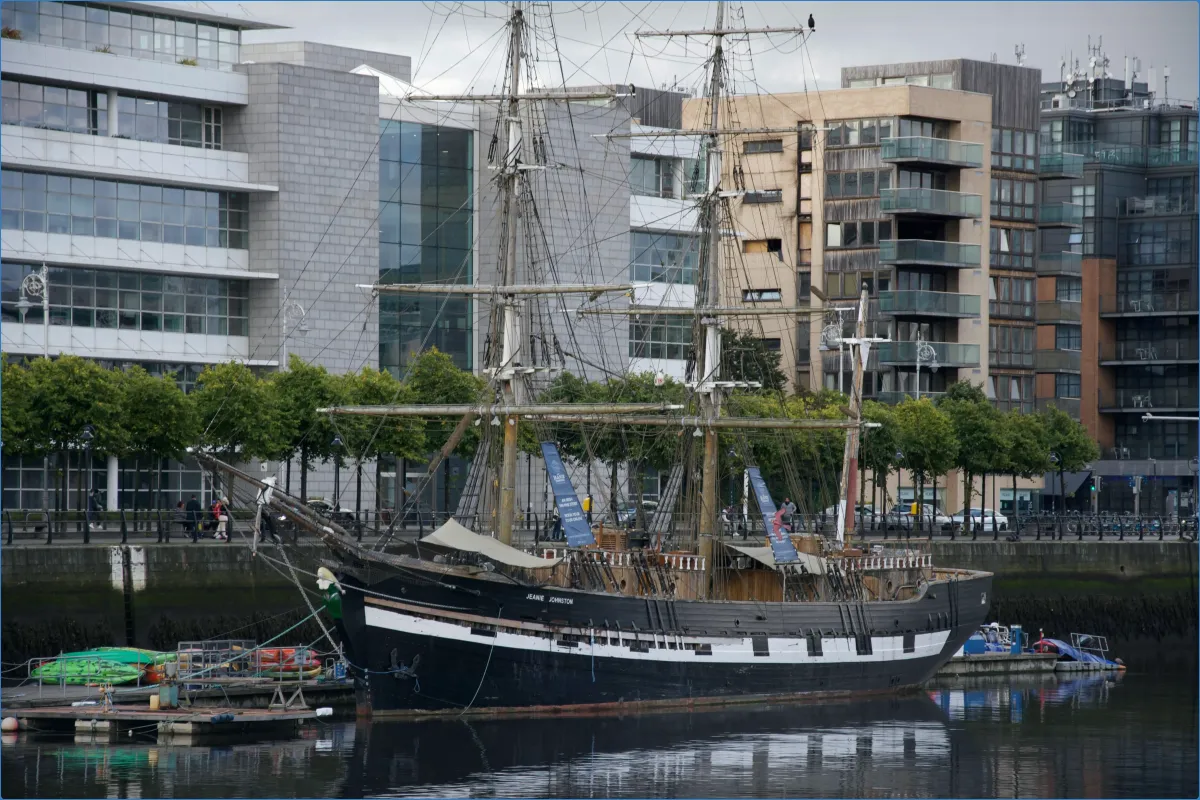
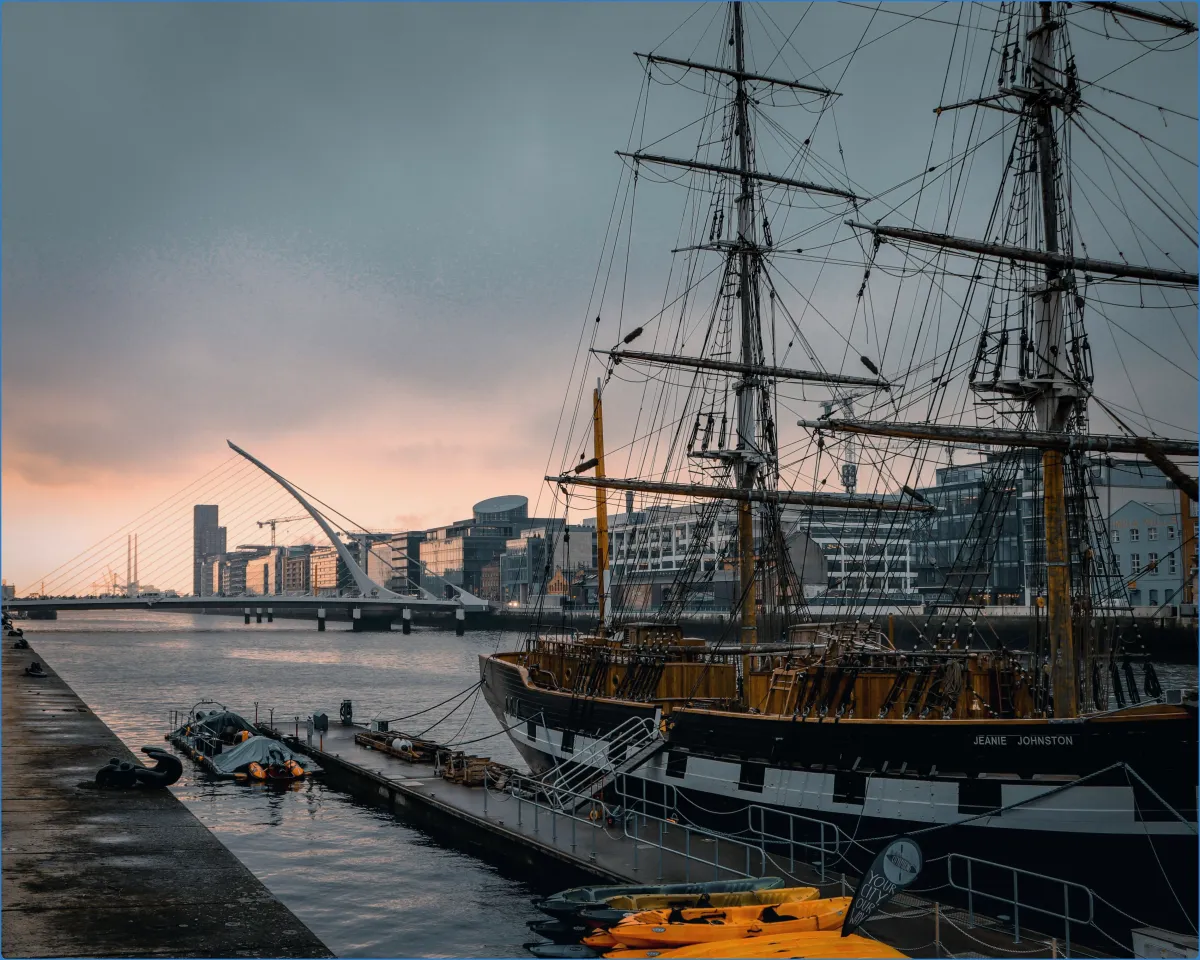
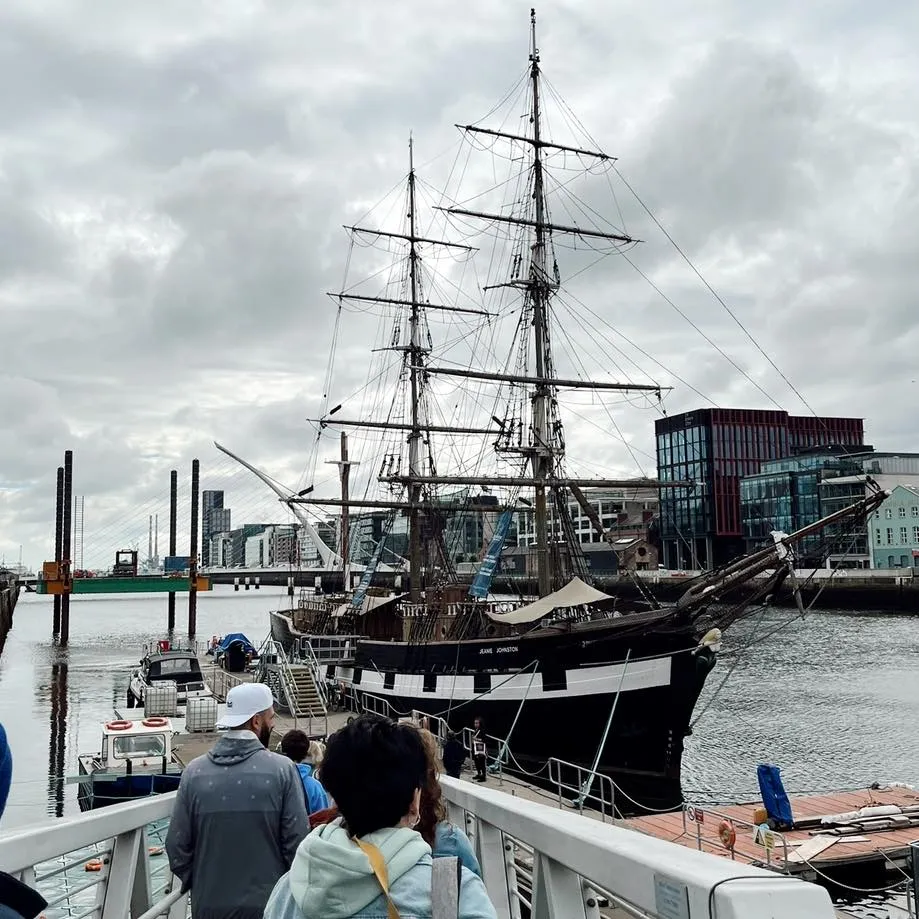
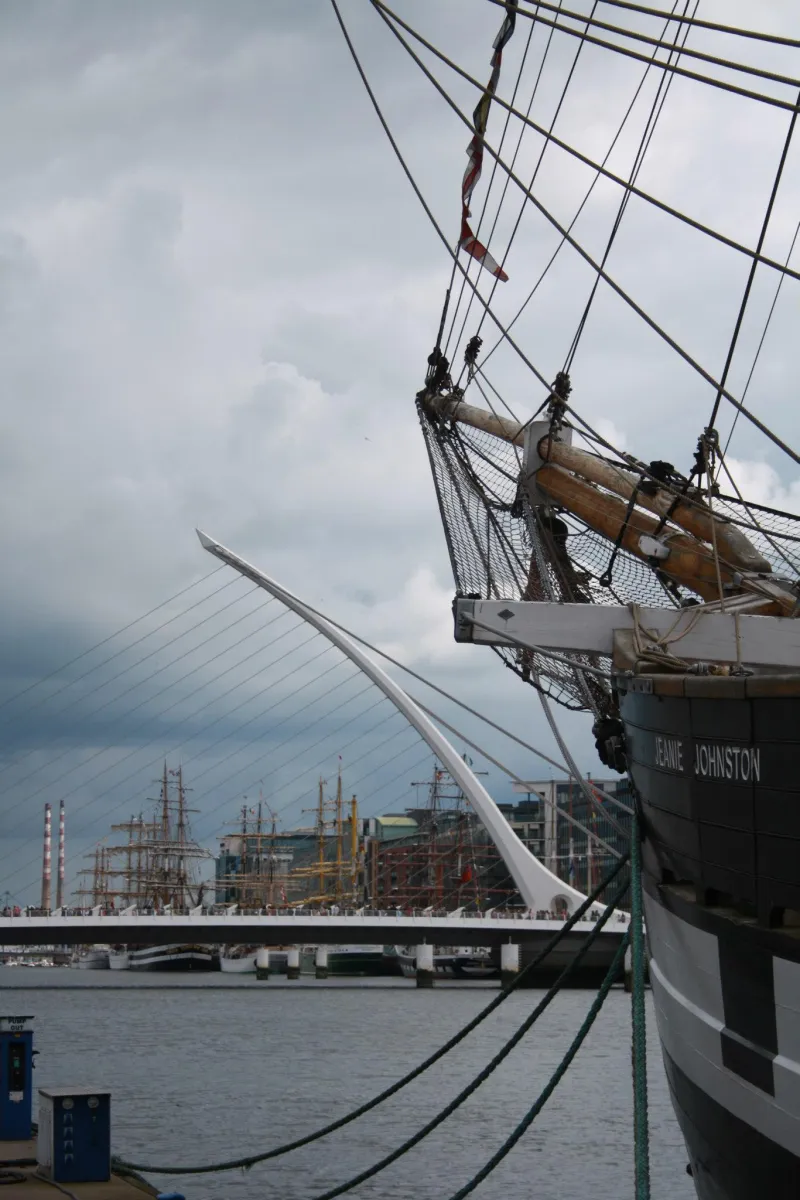



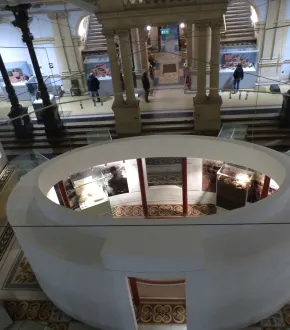
Comments